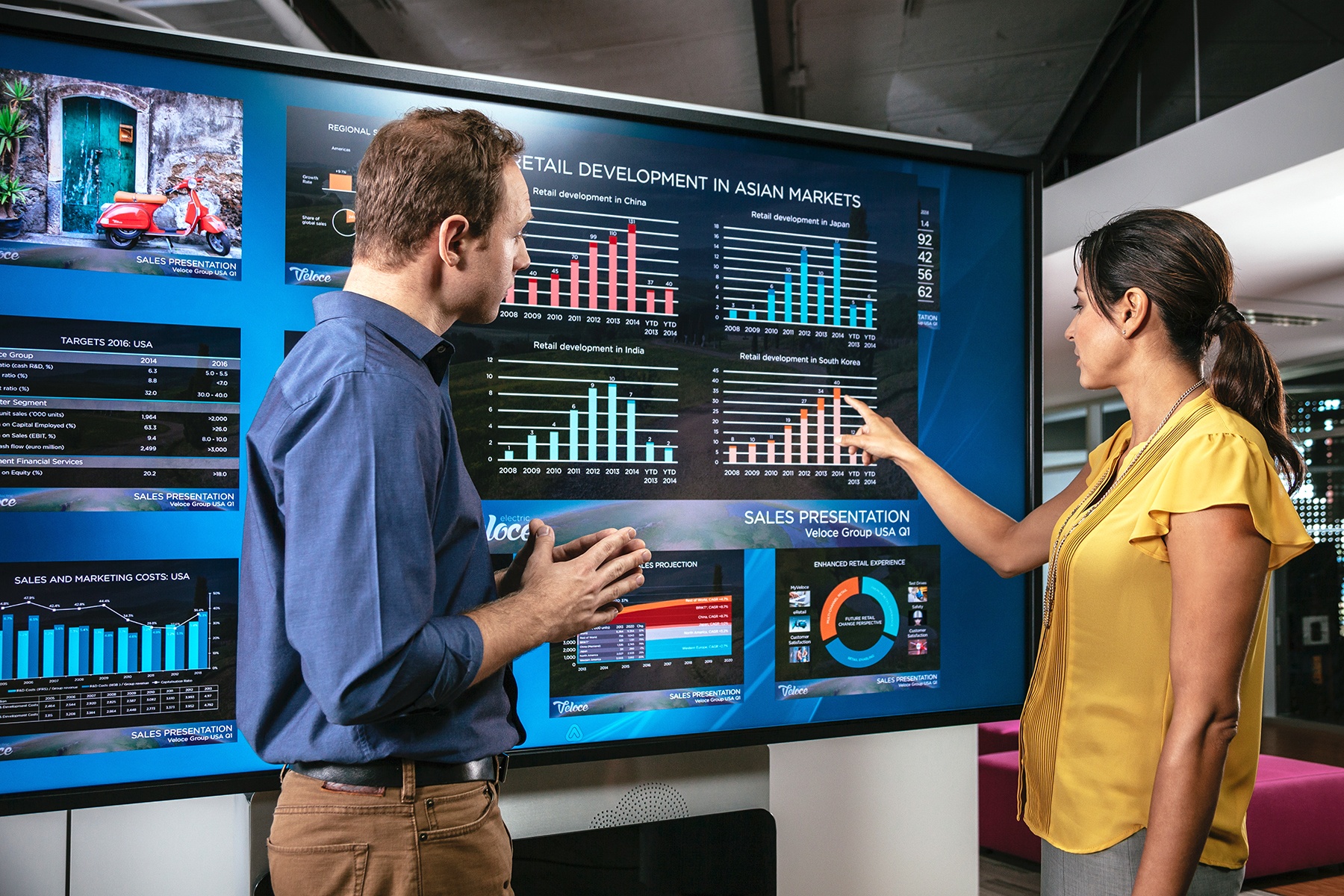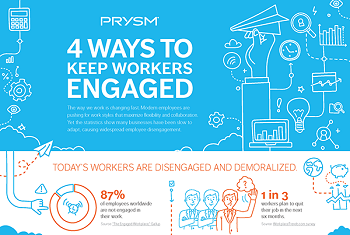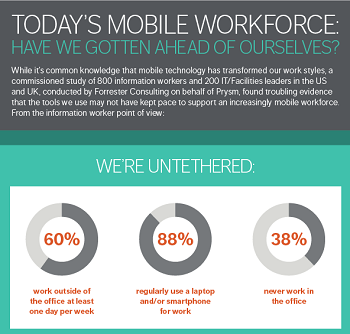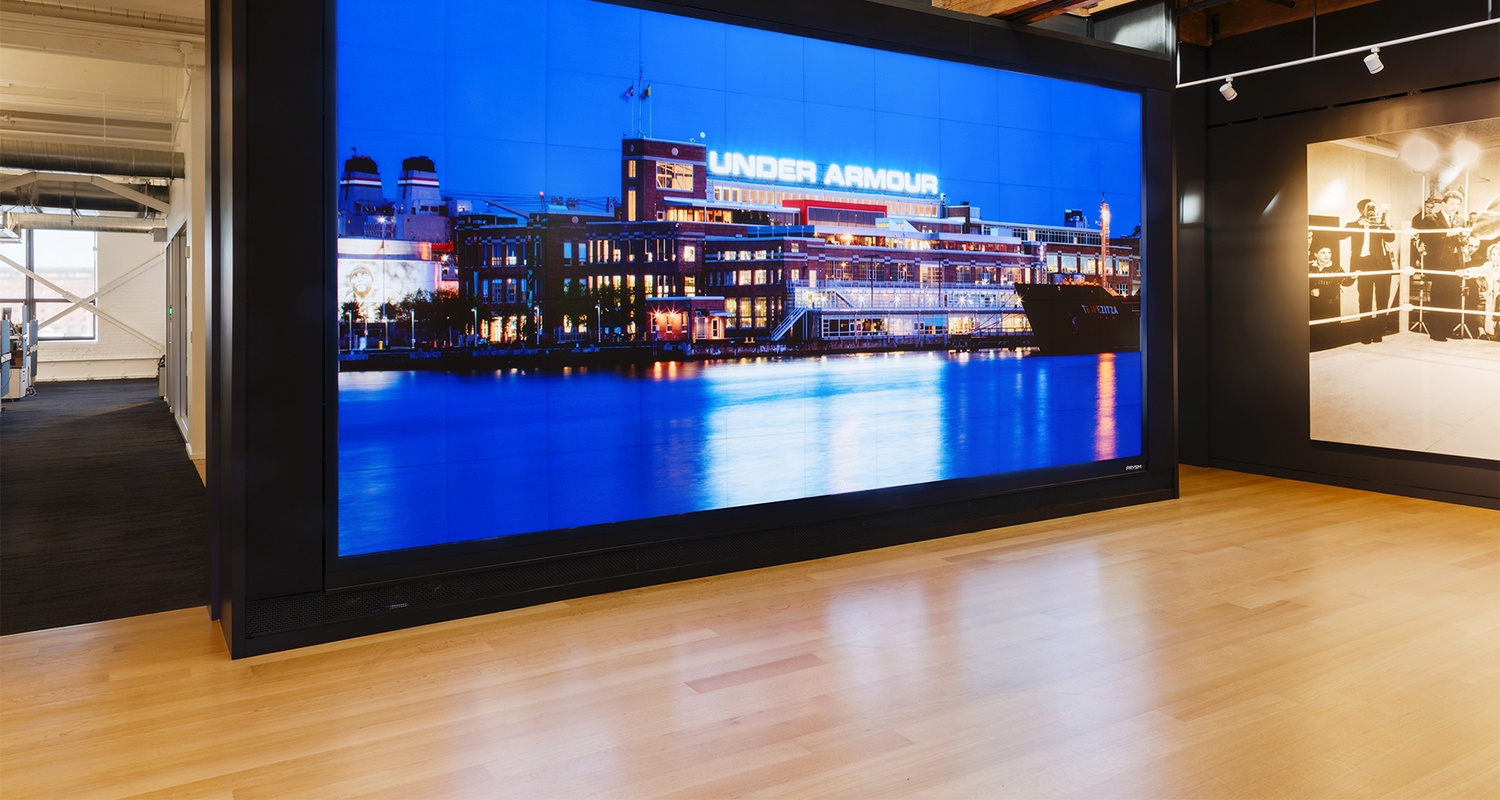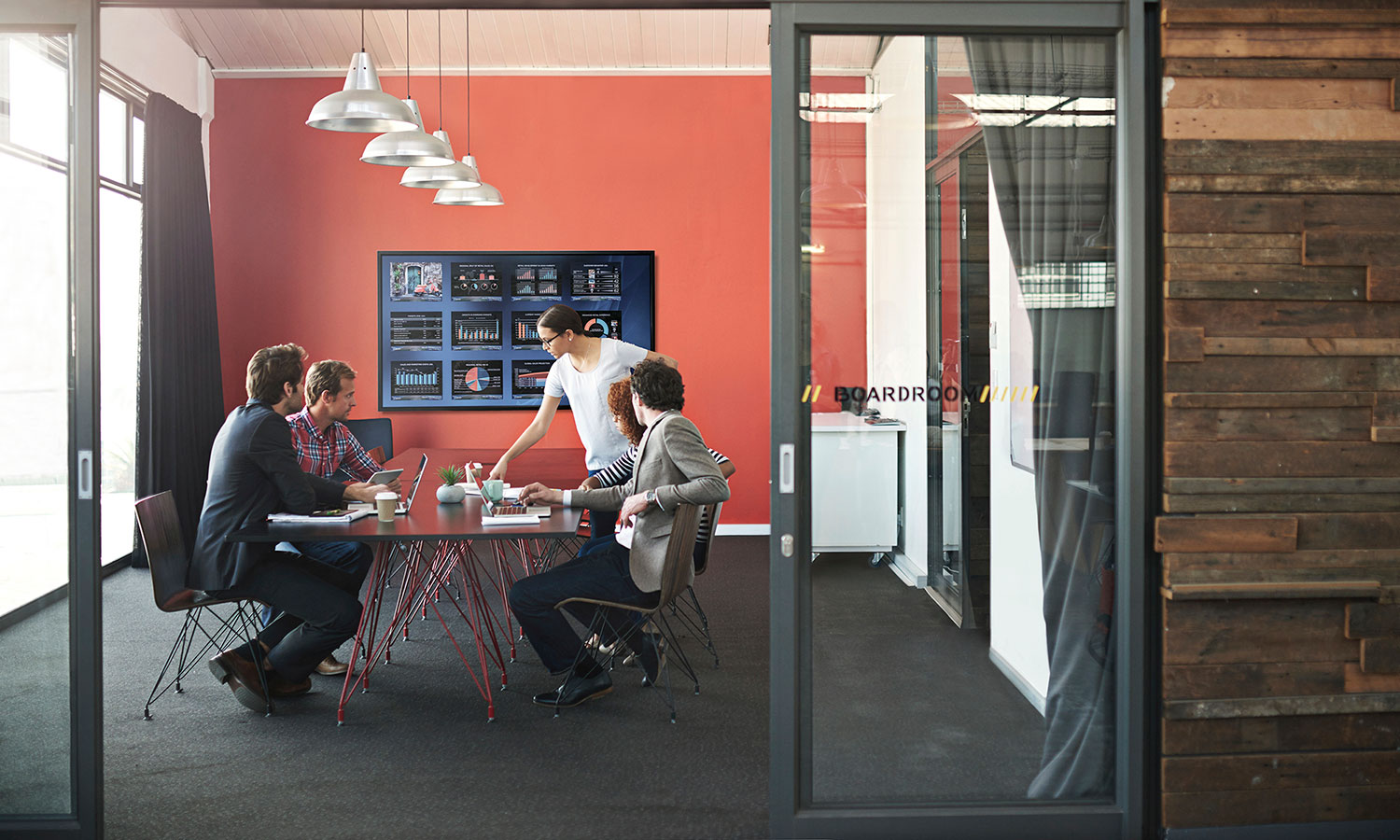The way information is presented has an enormous influence on our ability to understand it and derive actionable insights. One of the biggest flaws with many existing tools — such as PowerPoint — is that they can only show information sequentially, which is not the optimal way to get a comprehensive overview and drive good decisions.
Post contributed by Matt Proctor
I have been doing a lot of thinking about collaboration technology and work styles and how their evolution has been influenced by the multiple generations in today's workforce. While technology is always influenced by culture, it’s extra pronounced with collaboration technology, because it closely mirrors the way we have learned to communicate.
Brainstorming is an essential part of the creative process.
It’s often the first step in product or service design, project kickoffs, website creation, marketing campaigns, and more.
We live in a fast-paced society, fueled by on-demand information and instant gratification. The Internet is “open” 24 hours a day, always ready with a deluge of everything you ever wanted to know about anything. Social media offers you commentary at a click of a button. You can get breaking news around the clock.
So it’s no surprise that if you want to facilitate quick decision making, you need to be able to present your big idea, drill down to the smallest proof points, then zoom back out again…all in the blink of an eye.
Data is your company’s most valuable asset, and leveraging it effectively can mean the difference between being a market leader or a laggard.
Post contributed by Glenn Wastyn
“Take care to get what you like or you will be forced to like what you get."
—George Bernard Shaw
Contributed by Dana Corey
"You've got to start with the customer experience and work back to the technology — not the other way around." –Steve Jobs
Leading enterprises have long understood that one of the most powerful ways to attract and engage prospects (especially executive decision-makers) is to provide them with a visually impressive, immersive demonstration of their products or services in an executive briefing center (EBC) video wall. These centers can be used to give your customers a first-hand experience of both current and future offerings in an environment that allows your company to really "wow" your customers.
Unless you're running an extremely enlightened workplace, there's a very strong chance (87%, or nearly nine out of 10) that your employees are sleepwalking through their work days1 — bored and disengaged. This is very bad news for U.S. employers, who lose $450 to $550 billion per year2 as a result of reduced productivity.
The infographic below highlights four ways that research has shown to increase worker engagement, fulfillment, and productivity.
| The infographic to the right illustrates Forrester Consulting's findings in a study1 of the state of today's distributed workforce, which was commissioned by Prysm in early 2016. |
The "mobile revolution" has gotten a lot of great press. If you believe the hype, working from home is the best of all possible worlds—affording great career opportunities and fulfillment, without requiring you to change out of your bathrobe.
Workplace Re-Imagined: Merging the Experience for In-Office & Remote Employees
There is no doubt about it—the workplace is changing. The traditional office environment, which was once made up of siloed cubicles and conference rooms, seems to be dissolving, taking with it the notion that work must be done in person at the office.
Ranking #9 of Forbes' "Most Innovative Companies" and cracking the top 100 on the magazine's "America's Best Employers," Under Armour knows what it takes to create not only a great product but also a stellar working environment.
It is estimated that "millennials"—loosely defined as individuals born after 1984—will make up 75 percent of the U.S. workforce by 2025. This digitally literate group is umbilically attached to its social networks and accustomed to real-time everything. Millennials don't know a world without cell phones or life before the Internet, and they expect this technology to surround them wherever they go. Employers are being forced to rethink and refresh their workplaces in order to recruit and retain this rising generation.


